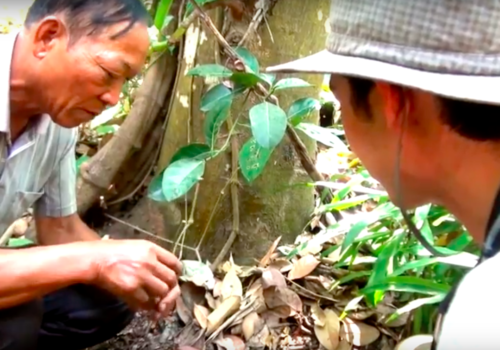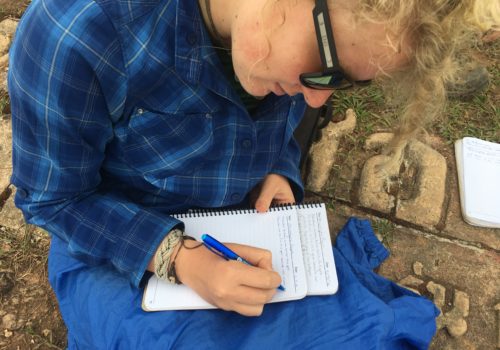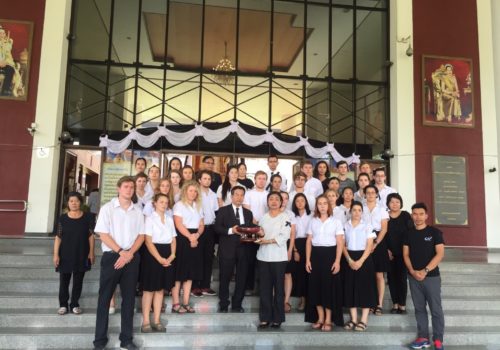
The phrase “Duck Tractor” is not one you will find in the index of a college textbook. However, it’s a key factor for many farmers who practice sustainable agriculture and permaculture. So, what is it?
A “duck tractor” is the use of ducks to prepare and maintain rice fields. The ducks are used between planting seasons when the fields are flooded, by being released into the fields to do as they please. In the meantime the ducks fertilize the fields with droppings while their movement stirs up the soil and oxygenates the water. Once the rice is planted the ducks are removed until the rice reaches a certain height. The ducks are then again released into the rice paddies, at which point they are used for eating weeds and golden snails which are harmful to rice crops, and continue to help with fertilization among other things. No tractor necessary! Additionally, the ducks are happy to wander around an ecosystem that mimics their natural ecosystem.
While “duck tractors” have mostly been replaced with machinery and manual labor, it is making a come back in some parts of the World. It was during a recent day trip to Ajarn Jeff’s farm, Fair Earth Farm, in Mae Rim, that ISDSI students learned about “duck tractors” along with other methods used to run the natural farm. Ajarn Jeff is the professor for the “Sustainable Food Systems: Social and Biological Factors in Sustainable Agriculture” course which is currently running at ISDSI, and he has spent a lot of time experimenting with natural farming, teaching and putting what he has learned into practice. According to Fair Earth Farm’s website, the farm is “an experiment in food sovereignty and restorative agriculture at the family and community levels, informed by values of ecology, justice and peace,” and it is a great example for the students to learn from.
 During the farm visit, the students also had other opportunities to study natural farm practices. Half the students focused on learning about the farm’s food forest, and they saw everything from breadfruit to yams to citrus trees. Ajarn Jeff also shared about the kiln that he is currently constructing in order to make charcoal from the dead branches on his farm. The second half of the students learned about the farm’s composting practices, and it’s intricate water flow system that moves around the farm. The day finished as everyone helped pack the side of one of the irrigation canal walls using their feet!
During the farm visit, the students also had other opportunities to study natural farm practices. Half the students focused on learning about the farm’s food forest, and they saw everything from breadfruit to yams to citrus trees. Ajarn Jeff also shared about the kiln that he is currently constructing in order to make charcoal from the dead branches on his farm. The second half of the students learned about the farm’s composting practices, and it’s intricate water flow system that moves around the farm. The day finished as everyone helped pack the side of one of the irrigation canal walls using their feet!
Are you ready for this to be your classroom? We’re ready for you!



